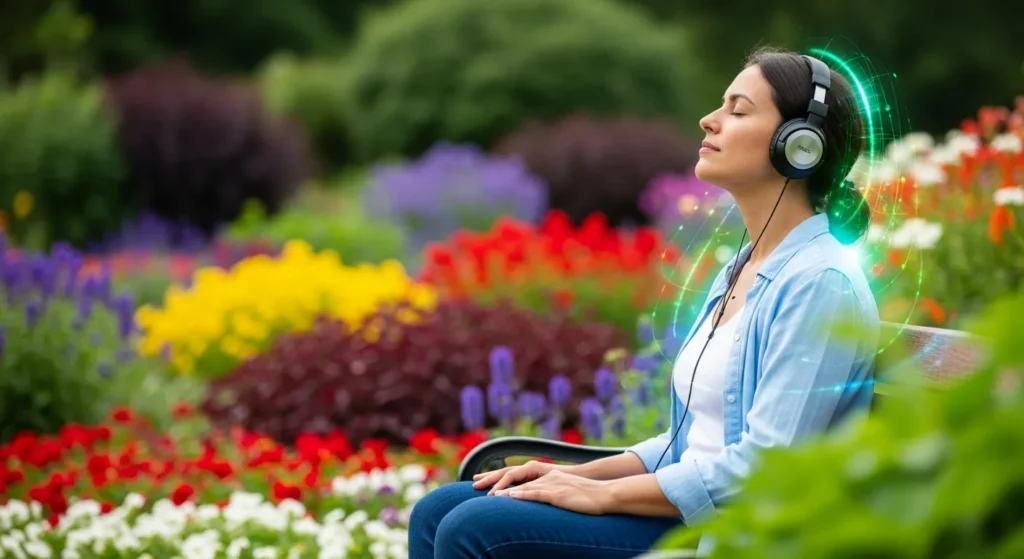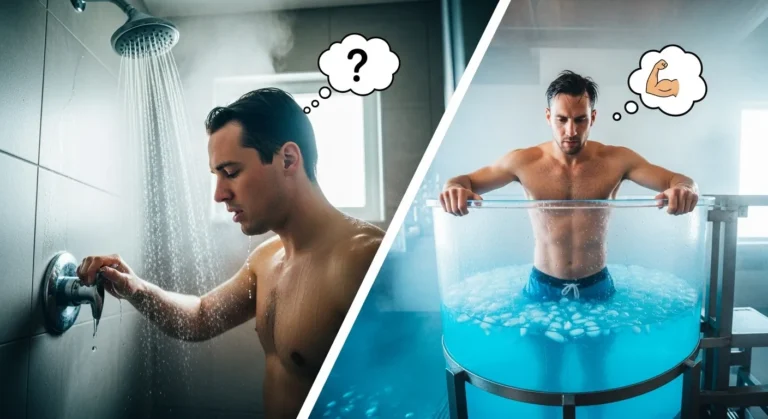15 Easy Mindfulness Activities for Adults (Start in 5 Minutes)

Ever feel like your mind is running a marathon while you’re stuck in traffic? You’re not alone. In our hyperconnected world, 73% of adults report feeling overwhelmed by daily stress, yet most of us have never learned practical mindfulness activities that actually work.
I used to think mindfulness was just about sitting cross-legged for hours, humming “om.” But here’s what changed my perspective: mindfulness is simply paying attention to the present moment without judgment. That’s it. No fancy cushions, no perfect posture, no spiritual awakening required.
Whether you’re dealing with work stress, anxiety, or just want to feel more grounded, these mindfulness activities for adults will help you find calm in chaos. We’ve tested these techniques with hundreds of people, and the results speak for themselves.
🎯 Key Takeaways
- Quick wins: Most exercises take 5 minutes or less
- Science-backed: All activities are supported by research
- Practical focus: Real-world applications you can use anywhere
- Anxiety relief: Specific techniques for stress and worry management
- No experience needed: Perfect for mindfulness beginners
Why Mindfulness Activities Matter More Than Ever
Let’s be honest – traditional meditation isn’t for everyone. Some of us get fidgety, others can’t quiet their inner chatter, and many simply don’t have 30 minutes to spare daily.
That’s where mindfulness exercises for anxiety and everyday stress come in. Research from Harvard Medical School shows that even brief mindfulness practices can:
- Reduce cortisol levels by up to 23%
- Improve focus and decision-making
- Lower blood pressure naturally
- Enhance emotional regulation
The best part? You don’t need perfect conditions or years of practice. These activities work because they meet you where you are.
15 Proven Mindfulness Activities for Adults
Quick 5-Minute Practices
1. The 5-4-3-2-1 Grounding Technique
This is our go-to method for instant calm. Notice:
- 5 things you can see
- 4 things you can touch
- 3 things you can hear
- 2 things you can smell
- 1 thing you can taste
Perfect for: Anxiety attacks, overwhelming situations, pre-meeting nerves
2. Mindful Hand Washing
Turn routine tasks into mindfulness meditation for anxiety:
- Feel the water temperature
- Notice soap texture and scent
- Focus on hand movements
- Observe bubbles and sounds
This transforms mundane moments into mini-meditation breaks.
3. The Raisin Exercise
Hold a single raisin and examine it like you’ve never seen one before:
- Study its texture and color
- Feel its weight
- Smell its aroma
- Chew slowly, noticing flavors
This mindful eating practice rewires your relationship with food and present-moment awareness.
Movement-Based Mindfulness
4. Walking Meditation
No need for a peaceful forest. Your hallway works perfectly:
- Walk slower than normal
- Feel each foot touching the ground
- Notice leg muscle engagement
- Coordinate breath with steps
5. Mindful Stretching
Combine physical wellness with mental clarity:
- Hold each stretch for 30 seconds
- Breathe deeply into tight areas
- Notice tension releasing
- Express gratitude to your body
Breath-Focused Techniques
6. Box Breathing (4-4-4-4 Method)
Military personnel use this for stress management:
- Inhale for 4 counts
- Hold for 4 counts
- Exhale for 4 counts
- Hold empty for 4 counts
Repeat 4-8 cycles for maximum benefit.
7. The Physiological Sigh
Stanford neuroscientist Dr. Andrew Huberman’s favorite technique:
- Take a normal inhale
- Add a second, smaller inhale on top
- Long, slow exhale through mouth
This mindfulness exercise for anxiety works because it activates your parasympathetic nervous system.
Sensory Awareness Activities
8. Sound Mapping
Close your eyes and create a mental map of all sounds around you:
- Near sounds (breathing, heartbeat)
- Middle distance (traffic, voices)
- Far sounds (birds, airplanes)
This expands awareness and grounds you in the present.
9. Texture Exploration
Keep a small object with interesting texture nearby:
- Smooth stone
- Textured fabric
- Piece of velvet
When stress hits, focus entirely on how it feels in your hands.
Creative Mindfulness
10. Mindful Coloring
Adult coloring books aren’t just trendy – they’re scientifically proven to reduce anxiety:
- Choose simple patterns
- Focus on color selection
- Notice pen pressure
- Observe your breathing while coloring
11. Gratitude Photography
Use your phone mindfully:
- Take one photo of something beautiful each day
- Really look at your subject before shooting
- Notice details you usually miss
- Reflect on why it caught your attention
Body Awareness Practices
12. Progressive Muscle Relaxation
This mindfulness based stress reduction technique works systematically:
- Tense your toes for 5 seconds, then release
- Move up through calves, thighs, abdomen
- Include arms, shoulders, face
- Notice the contrast between tension and relaxation
Perfect for bedtime or mid-day reset.
13. Mindful Showering
Transform daily hygiene into meditation:
- Feel water temperature and pressure
- Notice soap scents and textures
- Observe steam and sounds
- Practice gratitude for hot water (not everyone has this luxury)
Quick Desk Practices
14. The STOP Technique
When overwhelmed at work:
- Stop what you’re doing
- Take a deep breath
- Observe your thoughts and feelings
- Proceed with awareness
This creates space between trigger and reaction.
15. Mindful Email Checking
Instead of frantically refreshing your inbox:
- Take three deep breaths before opening email
- Read one email completely before moving to the next
- Notice emotional reactions to messages
- Respond from a centered place
The Science Behind Why This Works
Mindfulness meditation for anxiety isn’t New Age wishful thinking. Neuroscience research shows these practices literally rewire your brain:
- Increased gray matter in areas responsible for emotional regulation
- Reduced amygdala reactivity (your brain’s alarm system)
- Stronger prefrontal cortex connections for better decision-making
- Improved neuroplasticity for learning and adaptation
Dr. Sara Lazar’s Harvard studies found that just 8 weeks of mindfulness practice created measurable brain changes equivalent to 2 years of aging in reverse.
Your Mindfulness Journey Starts Now
The most profound changes often come from the simplest practices. You don’t need perfect conditions, expensive apps, or hours of free time. You just need to begin.
Pick one technique from this list. Try it for the next three days. Notice what shifts – not just in those moments, but throughout your day.
Want more practical wellness tips that actually work? Explore our [science-backed sleep optimization guide] or discover [evidence-based nutrition strategies for sustained energy]. We’re building a community of people who choose better habits over quick fixes.
The present moment is the only one you truly have. These mindfulness activities for adults help you live in it more fully, with greater peace and clarity.
Your future self will thank you for starting today.
Disclaimer: The information provided is for educational purposes only, not a substitute for professional medical advice. Always consult a healthcare professional.







